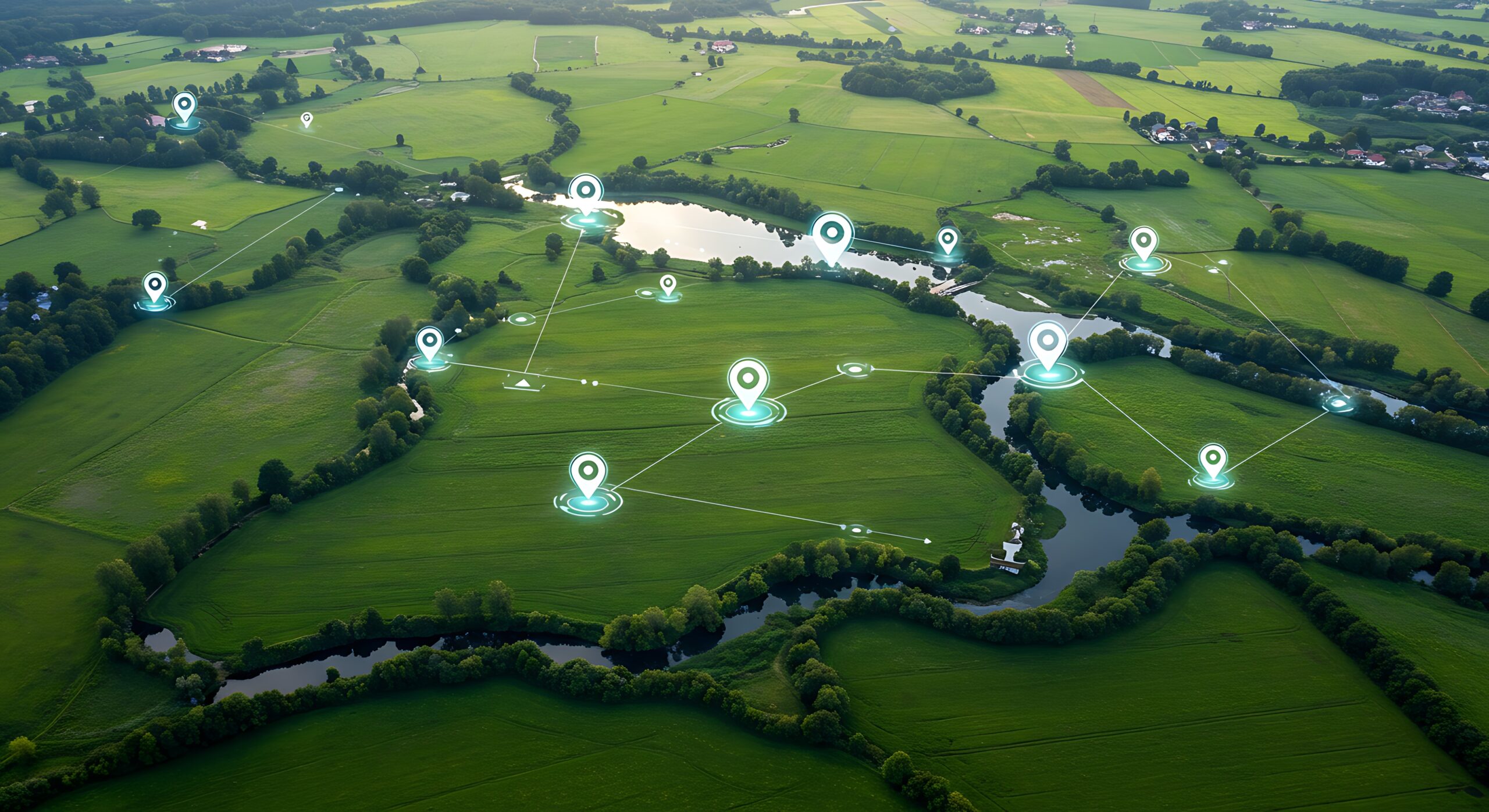By Antonio Juan Farias Arbelo
As a farmer and export business owner, I’ve seen firsthand how technology is transforming agriculture. When I started working the land, farming was about tradition—passed down knowledge, hard work in the fields, and the rhythm of the seasons. Today, while those values remain, new tools are changing the way we grow, manage, and deliver crops to the world.
For farmers like me who are also in the export business, technology is more than just a convenience—it’s a necessity. Global markets demand quality, consistency, and efficiency, and technology is helping us meet those standards while keeping farming sustainable for future generations. In this blog, I want to share my perspective on how technology is reshaping agricultural exports and why it matters to all of us.
Smarter Farming with Precision Tools
One of the biggest changes I’ve experienced in recent years is the rise of precision farming. With tools like GPS mapping, soil sensors, and drones, we can now monitor our fields in ways our parents and grandparents never imagined.
For example, soil sensors can tell us exactly when and where water is needed, which helps avoid waste. Drones can scan fields from above, spotting issues like pests or disease before they spread too far. These technologies don’t replace the farmer’s eye, but they give us better data to make informed decisions.
In exports, precision means consistency. Buyers want assurance that every shipment meets their standards. With technology, I can monitor crop quality more closely, reduce losses, and ensure that what leaves my farm is the best representation of my work.
The Role of Automation
Another area where farming is changing fast is automation. Machines that once seemed futuristic are now part of everyday life on many farms. Automated harvesters, for instance, can pick crops faster and with less damage than manual labor. While this doesn’t replace the value of workers, it helps us manage labor shortages and meet the demands of large-scale exports.
Automation also extends into packaging and storage. For exports, the way a crop is packed can be just as important as how it is grown. Smart packing machines can sort, weigh, and prepare products for international shipping with speed and accuracy. This not only saves time but also ensures shipments meet strict global standards.
Tracking Crops from Farm to Table
In today’s world, buyers and consumers want to know more about the food they eat. Where was it grown? How was it handled? Was it produced sustainably? This is where traceability technology comes into play.
With digital tracking systems, we can now follow a product from the moment it leaves the field to the time it arrives in another country. QR codes, blockchain technology, and barcoding allow exporters like me to provide full transparency. For farmers in the Dominican Republic or Spain, this means our products can compete on a global level by meeting the growing demand for accountability.
This transparency builds trust. When a buyer in Europe scans a code and sees the journey of a product all the way back to my farm, it creates confidence in the quality and authenticity of what we produce.
Sustainable Farming Through Innovation
As farmers, we depend on the land. That’s why sustainability isn’t just a trend—it’s a responsibility. Technology is helping us meet this responsibility while still growing our businesses.
Water-saving irrigation systems, renewable energy sources like solar panels, and biodegradable packaging are all tools that help us reduce our impact on the environment. These efforts are not just good for the planet; they are increasingly demanded by international buyers.
When export partners see that a farm is using eco-friendly methods, it strengthens relationships and often opens up new markets. In my experience, sustainability and profitability go hand in hand when guided by the right technology.
Overcoming Export Challenges with Tech
Exporting agricultural products comes with many challenges—regulations, shipping delays, and unpredictable markets. Technology is helping us overcome these obstacles.
For example, cold chain technology ensures that perishable products like fruits and vegetables stay fresh throughout long journeys. Smart logistics systems allow us to plan better routes and reduce shipping times. Digital platforms connect farmers directly with buyers, cutting out middlemen and creating fairer deals.
These tools give farmers more control over their businesses and allow us to compete with larger corporations. Technology levels the playing field, making it possible for small and medium-sized farms to reach global markets.
A Future Full of Possibilities
Looking ahead, I believe technology will continue to reshape farming in ways we can’t fully imagine yet. Artificial intelligence may help predict crop yields with incredible accuracy. Robots may handle even more of the hard physical work. New biotechnology may create crops that resist disease or grow in harsher conditions.
What I do know is this: the farmers who embrace change will be the ones who thrive. Those who resist technology may find it harder to compete in the global market. For me, adopting technology has not taken away from the tradition of farming—it has strengthened it. It allows me to honor the work of past generations while building a sustainable future for the next.
Final Thoughts
Farming will always require hard work, patience, and respect for the land. That has not changed, and I don’t believe it ever will. But the tools we use to farm are changing quickly, and they are giving us the ability to connect local fields to global tables in ways that once seemed impossible.
As a farmer and exporter, I see technology as both a challenge and an opportunity. It challenges us to learn, adapt, and invest. But it also gives us the opportunity to grow our businesses, protect our environment, and share our harvests with the world.
The future of farming is not just about machines and data—it is about people, culture, and connection. With the right balance, technology will help farmers like me continue to thrive in the global marketplace while staying true to the roots of our work.
